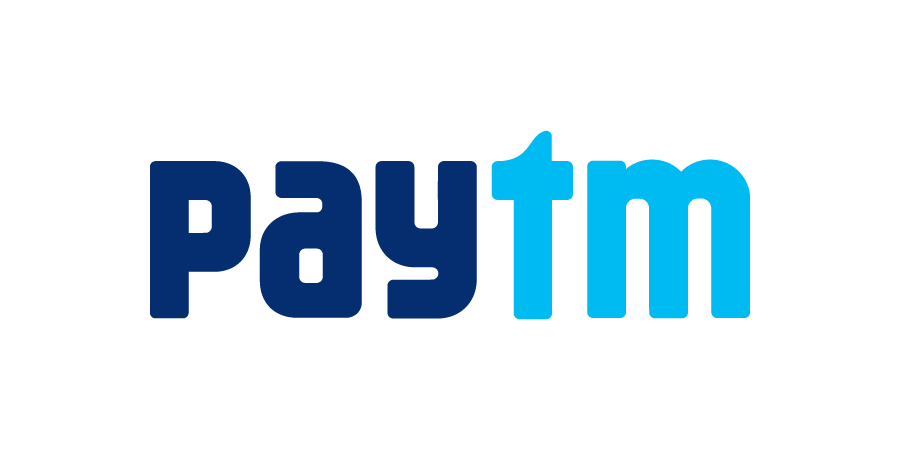Google has started testing a new Login Screen starting this week, something which you may have noticed if you did a fresh login to your Gmail account.
While before, you would have entered your username and password on the same Gmail Login page, As a part of this fresh testing phase, Gmail users will now see a new login screen which ask for a user’s username as a first step, and user’s password as the next one. That being said, nothing has changed in the interface with Google using the same UI for this new login system.
So why such a change ? And moreover, a why a change which simply separates the two procedures ? Well, Google has an explanation to that.
According to Google, this new login system will make way for “Preparation for future authentication solutions that complement passwords”. However, apart from the vagueness of that sentence, Google hasn’t really been clear on what “future authentication” systems it is looking forward to. This might probably be a two-factor authentication, which Google has been pressing on for quite some time due to its low-adoption rate, or some hardware interfaced login system which uses some external device to help you login more securely.
Google rolled out a similar unlocking system when it announced the “Smart Lock” on Android. Smart Lock allows Android users to keep their devices unlocked for as long as they have trusted bluetooth device connected, or have their smartphone in person (“body detection”), are in a trustworthy location or via facial recognition.
The search giant further explains that this new system will result in “Reduced confusion among people who have multiple Google accounts”. Again, looking at the responses which users are providing, user convenience seems to be a bigger problem for Google that confusions.
Moreover, as has already been complained by many, this system in its current state is making things a bit more tedious for users. Many have complained that the logging in process has become rather slow, and that users with multiple accounts are finding it difficult to use this current mechanism.
Lastly, Google also thinks that this new system will provide a “better experience for SAML SSO users”. These users basically comprise of university students or corporate ones that sign in with a different identity provider than Google. Again, that too hasn’t been explained much.
While Google’s attempt for a more secured login environment and probably a password-less future are appreciative, the rolling out of a “test system” even before it has achieved full functionality is probably creating a bit of a problem for the users, at least as of now.
The Tech Portal is published by Blue Box Media Private Limited. Our investors have no influence over our reporting. Read our full Ownership and Funding Disclosure →







